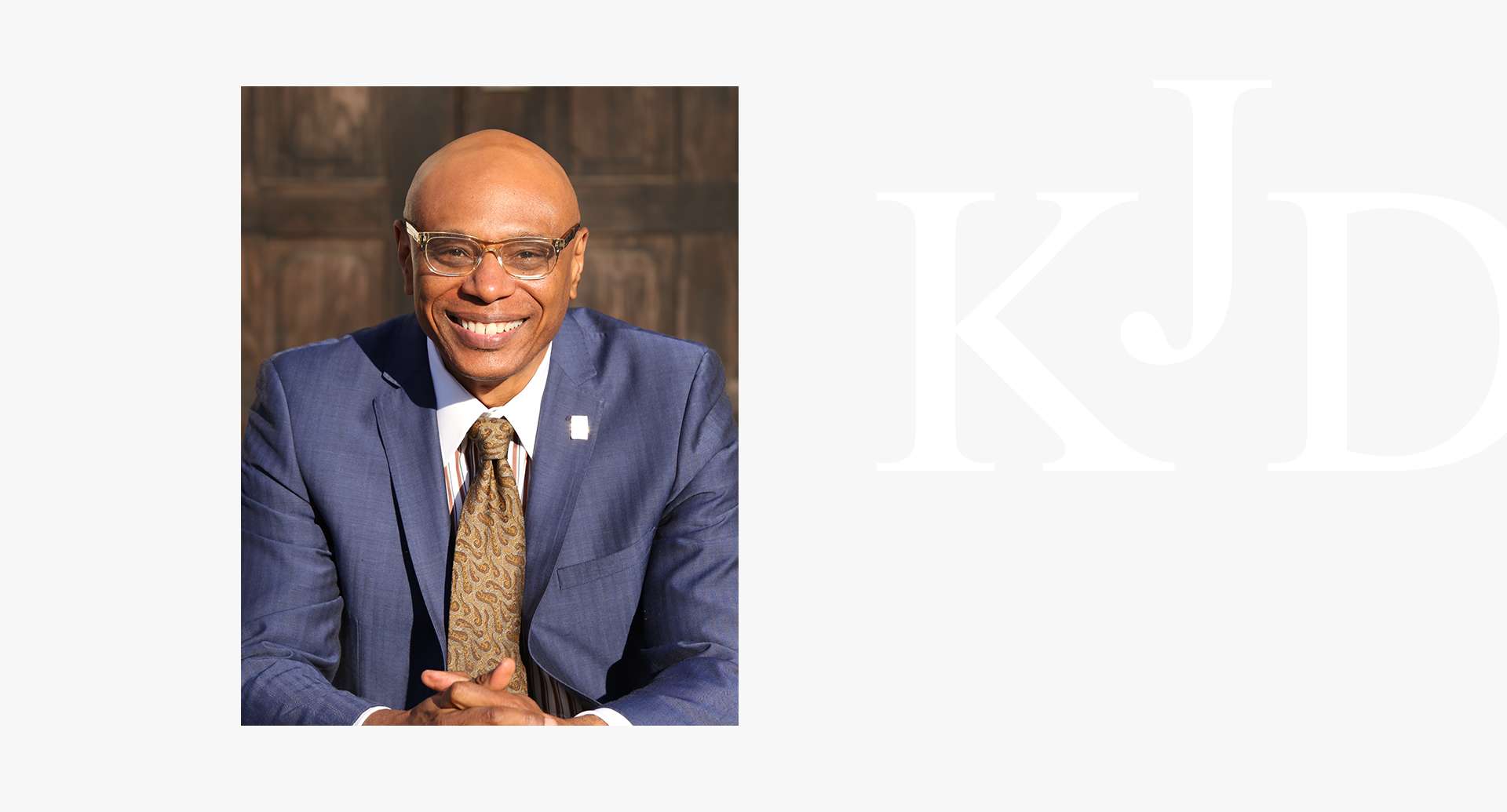Bankruptcy Attorney Explains Chapter 13 for Maryland and Washington DC
The United States Supreme Court is reviewing two Bank of America appeals. The bank is hoping that they can convince the court to overturn two rulings, Bank of America v. Caulkett and Bank of America v. Toledo-Cardona, which allow stripping of a lien. In both cases, Bank of America is not the primary lender.
Chapter 13 bankruptcy lien stripping helps heavily indebted people find some semblance of relief. In addition, they can keep their house and possibly discharge part of their debt after they fulfill their Chapter 13 payment plan.
What Are the Requirements for Lien Stripping?
Lien stripping is applicable in Chapter 13 bankruptcy throughout the United States. Additionally, the value of your house must be less than your mortgage and you must have multiple mortgages or lines of credit on the house.
Suppose you have a house with a mortgage of $200,000 and an equity line of credit of $25,000 when the real estate market plummets in your area, causing the market value of your house to sink below the cost of your mortgage to $190,000. You soon realize that you cannot make payments on the house and then file for Chapter 13 bankruptcy. In this case, you will have met the requirements for lien stripping.
What Happens in the Lien Stripping Process?
If you are eligible to lien strip the $25,000 debt, then the debt will move from secure to unsecure. It will not be discharged right away. This means that the lenders that have been stripped could still receive some money during your Chapter 13 payment plan. Generally, the plan will last three to five years depending on how much unsecure debt you have. After the payment period has been fulfilled, then whatever remaining debt owed to the equity lender will be discharged.
Chapter 13 lien stripping benefits everyone because you would be able to keep your house, the primary lender would receive his or her entire payments and the equity lender would get some of the money that he or she is owed. Had this been a Chapter 7 bankruptcy, your $200,000 house would have been sold for less than what it was worth. The primary lender would have a deficiency judgment that is unsecured against you of $10,000, as the house was sold at the then market value of $190,000. Finally, the equity lender would have that same $25,000 unsecured debt against you that they would have in Chapter 13, but little hope of payment from you in a Chapter 7 bankruptcy. Therefore, everyone benefits in a Chapter 13 lien stripping scenario—but the banks will still try to fight it.
Like credit cards and other forms of unsecure debt, your debts from your secondary mortgages can be discharged in bankruptcy; however, Chapter 13 requires that you fulfill a three to five year payment plan before you can discharge your unsecure debts.
Lien stripping is beneficial if you are in debt, but it is a complicated process. You will want to find a Washington DC or Maryland bankruptcy attorney to guide you through the process. The Law Firm of Kevin D. Judd offers a free initial phone consultation.


